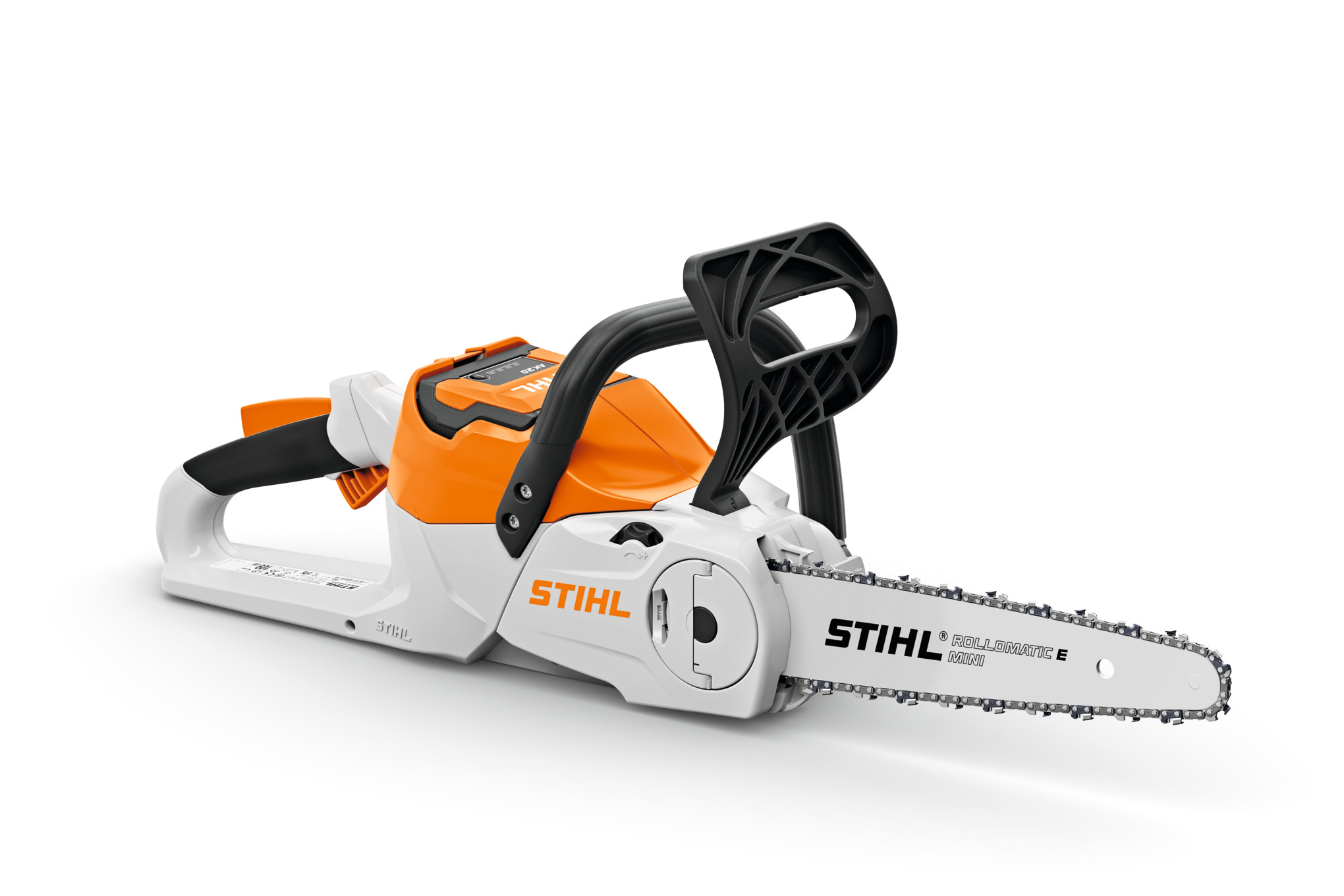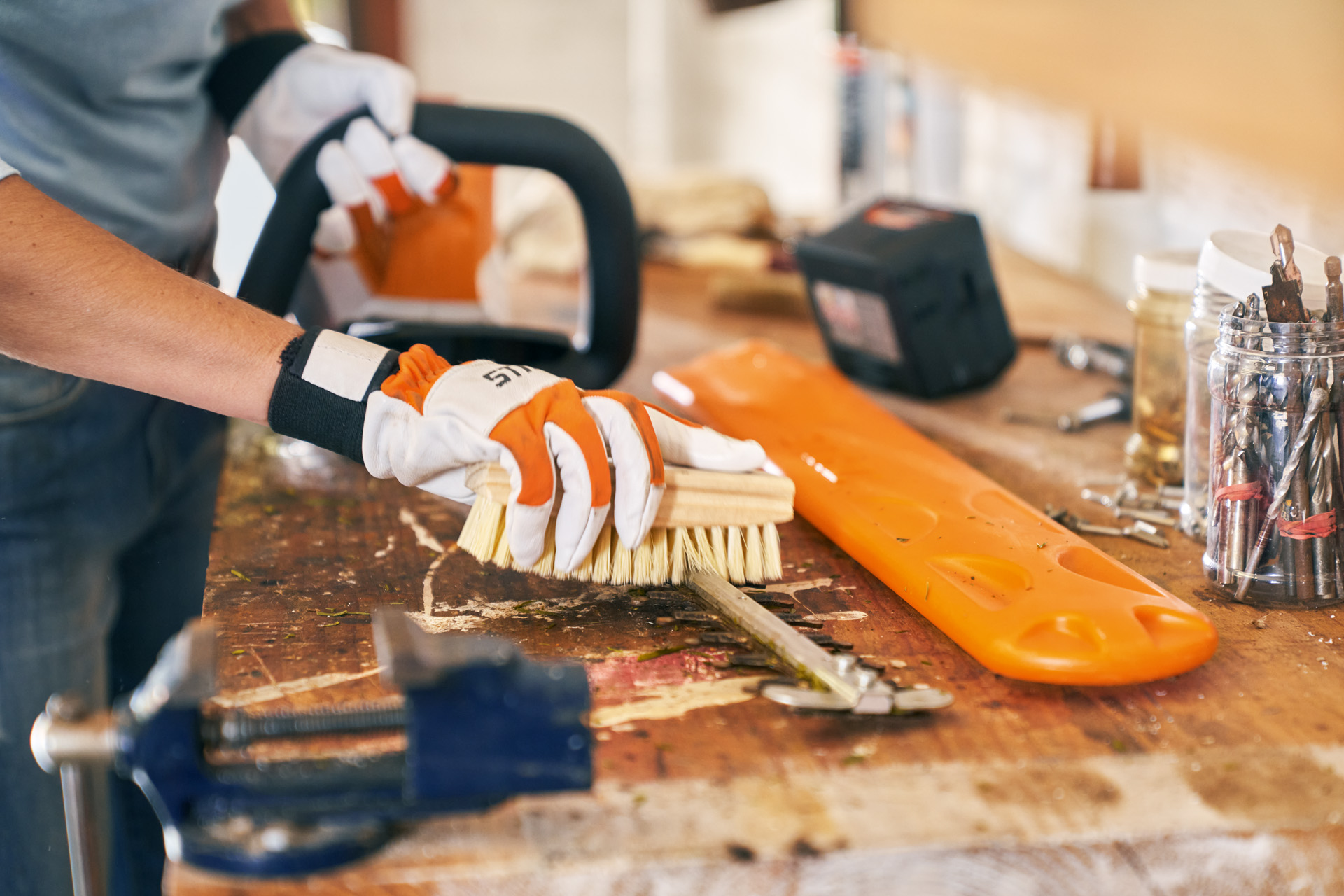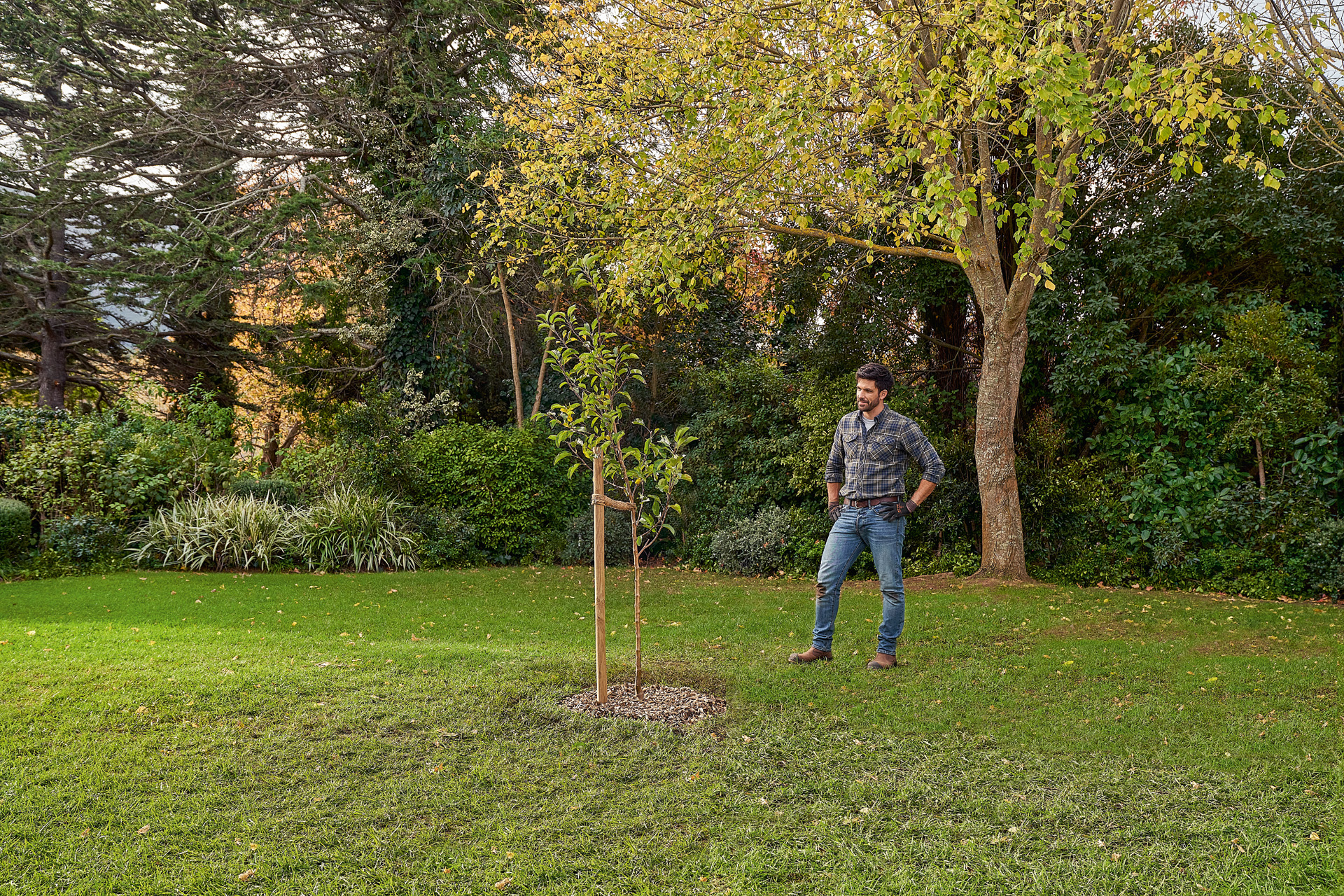When to prune apple and pear trees
The best time to prune varies depending on the type of fruit tree and how much growth you want. Apple and pear trees will benefit from a prune between November and April – though for the first few years you shouldn’t touch young fruit trees before spring arrives, as the wood is still very vulnerable to heavy frost.
If you want to encourage growth, you will typically prune these fruit trees during the colder months. This is when the tree moves into a dormant phase and draws nutrients back into the roots, ready to release when the growing season starts again. Late winter, before the tree starts to bud, may be an ideal time to prune pear and apple trees because the cuts you make will heal more quickly as the spring growth surge arrives, and so your fruit trees are less likely to become infected.
It’s also possible to prune in Spring, but doing so will encourage less vigorous growth; this makes it a good choice if you have fruit trees that are already the right size for your space, as well as for formally trained fruit trees such as fan-trained cherries and espalier apples.



















